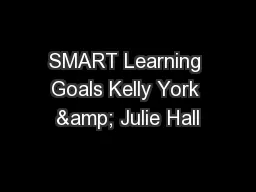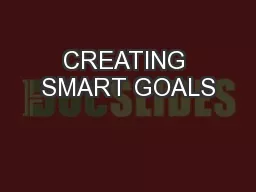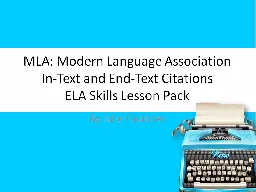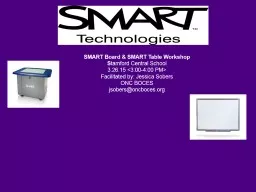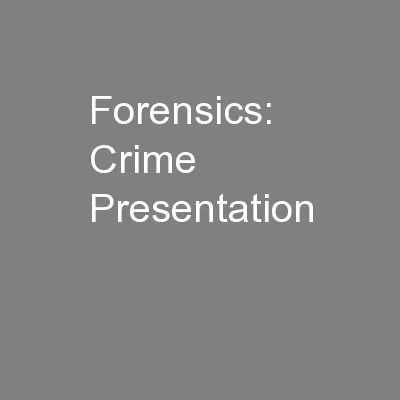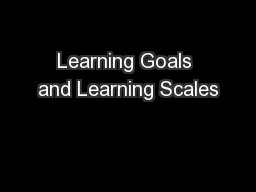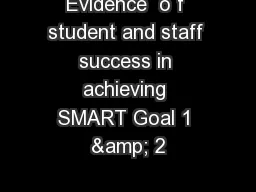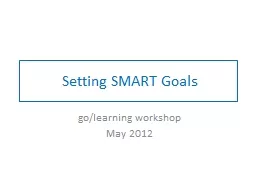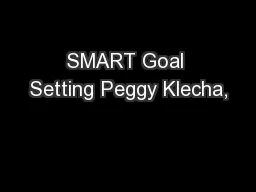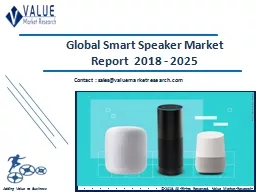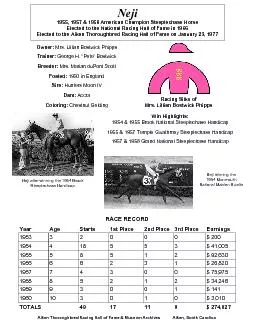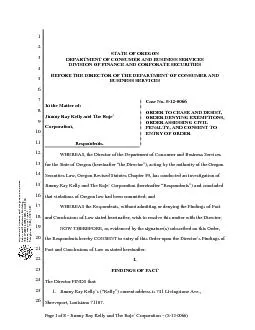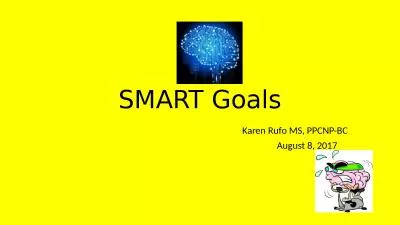PPT-SMART Learning Goals Kelly York & Julie Hall
Author : natalia-silvester | Published Date : 2018-10-26
Cedar Hall Community School February 9 2017 Do Now Please take a moment to silently and independently answer the following question How do you measure the success
Presentation Embed Code
Download Presentation
Download Presentation The PPT/PDF document "SMART Learning Goals Kelly York & Ju..." is the property of its rightful owner. Permission is granted to download and print the materials on this website for personal, non-commercial use only, and to display it on your personal computer provided you do not modify the materials and that you retain all copyright notices contained in the materials. By downloading content from our website, you accept the terms of this agreement.
SMART Learning Goals Kelly York & Julie Hall: Transcript
Download Rules Of Document
"SMART Learning Goals Kelly York & Julie Hall"The content belongs to its owner. You may download and print it for personal use, without modification, and keep all copyright notices. By downloading, you agree to these terms.
Related Documents

